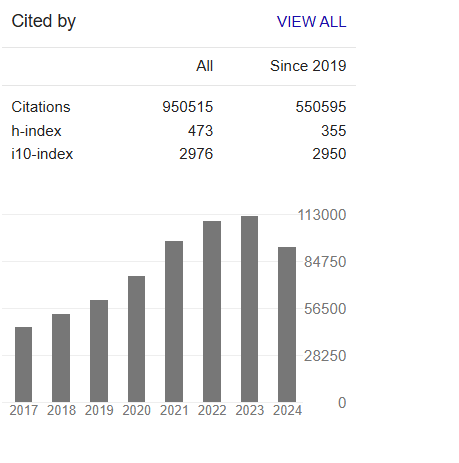Practices of Occupational Health and Safety and Experience of Occupational Hazards among Solid Waste Managers in Port Harcourt Metropolis of Rivers State
Abstract
Stanley Nyemahame Amadi, Emmanuel Clement, Emmanuel Tamunobelema Pelebo, Uchechukwu Ifeanyichukwu Apugo
Background: Waste generation is a daily occurrence and requires a proper system of collection, management, and disposal. This function lies on municipal solid waste managers (MSWM) who use manual methods of waste collection and management in the conduct of their activities. This exposes them to various forms of occupational health risks.
Aim: The study investigated the occupational risk exposure of waste managers in Port Harcourt metropolis.
Materials and Method: This descriptive cross-sectional survey collected data from solid waste collectors or manag- ers who have worked for over a year in the Rivers state, using a researcher-administered semi-structured question- naire. The data was analysed using SPPS version 23.
Results: A total of 317 were recruited, with the majority as males (68.5%), aged between 30 – 39 years (56.5%), married (55.5%), permanent staff (54.3%), educated to the tertiary level (31.2%), have over 5 years of experience (52.1%) and earn between 30,000 – 39,000 Naira monthly (44.8%). Also, 87.1% of the respondents had good prac- tice of occupational health and safety, while 61.5% and 32% of the waste managers have been exposed to work-re- lated accidents and diseases respectively in course of carrying out their job within the last 12 months. Cuts (30.0%), puncture wounds (20.5%), and road accidents (20.2%) as the most experienced hazards by the workers, while aller- gies (23.2%) and rash/other skin diseases (22.1%) were the most experienced type of illness.
Conclusion: The high prevalence of occupational hazards can be attributed to poor working conditions and lack of adequate safety gear. Hence, there is a need for increased governmental budgetary allocation for the provision safety gear and training.



